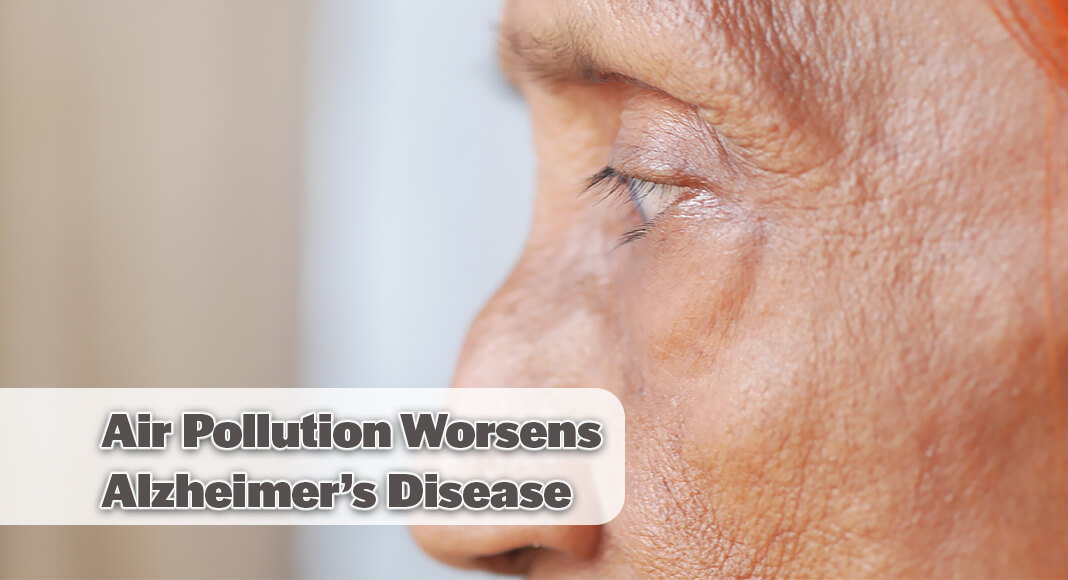
Mega Doctor News
By Perelman School of Medicine at the University of Pennsylvania
Newswise — Exposure to high concentrations of air pollution may worsen Alzheimer’s disease (AD) by accelerating the buildup of toxic proteins in the brain and speeding up cognitive decline. For the first time, post-mortem tissue from people with AD revealed that those who lived in areas with higher concentrations of fine particulate matter in the air even just one year had more severe accumulation of amyloid plaques and tau tangles—hallmarks of Alzheimer’s pathology—compared to those with less exposure. These individuals also experienced faster cognitive and functional decline, including memory loss, impaired judgment, and difficulty with personal care, according to research published today in JAMA Neurology from the Perelman School of Medicine at the University of Pennsylvania.
“This study shows that air pollution doesn’t just increase the risk of dementia—it actually makes Alzheimer’s disease worse,” said Edward Lee, MD, PhD, co-director of Penn’s Institute on Aging. “As researchers continue to search for new treatments, it’s important to uncover all of the factors that contribute to the disease, including the influence of the environment in which they live.”
Health risks from tiny air particles
Air pollution is made up of fine particulate matter, or the tiny, inhalable particles, ranging from 10 micrometers to less than 2.5 micrometers wide, about half the width of a single strand of spider web. It can come from wildfire smoke, car exhaust, construction site debris, or combustion from factories. Particulate matter 2.5 micrometers and smaller (PM2.5) is so small that when inhaled, the particles can be absorbed into the blood stream and cause health concerns. Previous research has linked air pollution containing PM2.5 with dementia, loss of cognitive function, and accelerated cognitive decline.
The researchers examined brain samples from over 600 autopsies from the Penn Medicine Brain Bank. Using data from satellites and local air quality monitors, the researchers modeled the amount of PM2.5 in the air based on where each person lived. They found that for every increase of 1 microgram per cubic meter of PM2.5, the risk for worse Alzheimer’s disease amyloid and tau buildup increased by 19 percent.
Further, when they examined the clinical records of these individuals, researchers found that those who lived in areas with high concentrations of PM2.5 with advanced pathology also had greater cognitive impairment and more rapid onset of symptoms, including memory loss, difficulty with speech, and diminished judgement, compared to people who lived in areas with lower concentrations of air pollution.
While this study focused on exposures to PM2.5 based on geographic location, researchers acknowledge that they could not account for individual-specific exposures to air pollution, such as exposure to second-hand smoke in the home, or working with potentially dangerous chemicals.
“In the United States, air pollution is at the lowest levels in decades, but even just a year living in an area with high levels of pollution can have a big impact on a person’s risk for developing Alzheimer’s disease,” said Lee. “It underscores the value of environmental justice efforts that focus on reducing air pollution to improve public health.”
This research is funded by the National Institutes of Health and the National Institute of Environmental Health Sciences (P30AG072979, P01AG066597, U19AG062418, P01AG084497, and P30ES013508).










